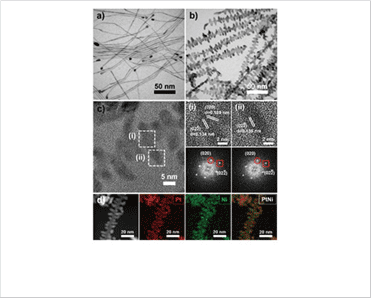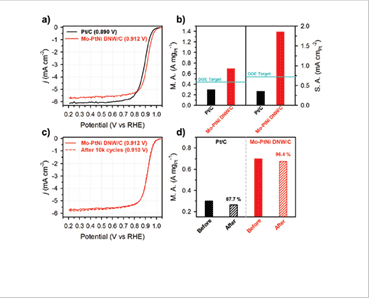Regional Analytical Science
Detailed research information Metropolitan Seoul Center(Seoul) > Regional Analytical Science > Major Research Activities Home
Research Focus
- Development of analytical techniques for the evaluation and management of hazardous substances in the environment and specialized analysis support
- Development of technology for the environmental management of carbon capture and storage
- Development of separation and analytical techniques for inorganic and organic arsenic for environmental monitoring
- Building and maintenance of a reliability assurance scheme for test work
- Two-dimensional electronic spectroscopy of photosynthetic systems and metal nanoparticles
- Nonlinear Raman depletion spectroscopy toward super-high-resolution Raman imaging
- High-spatial-resolution elemental mapping using probe Cs-corrected scanning transmission electron microscopy
Representative Research Cases
Kinetics of dimethylated thioarsenicals and the formation of highly toxic dimethylmonothioarsinic acid (DMMTAV) in the environment
- Formation of the highly toxic DMMTAV in environmental media was examined through the kinetics of DMAV thiolation
- DMAV thiolation is comprised of the DMAV > DMMTAV > DMDTAV pathway at a high sulfidic condition
- Possibilities of DMMTAV accumulation under the acidic condition at the early stages of thiolation were suggested, and the transformation of DMDTAV to DMMTAV in the presence of ferric irons was determined
 Thiolation of DMAV and formation of
DMMTAV
Thiolation of DMAV and formation of
DMMTAV
Ternary dendritic nanowires as highly active and stable multifunctional electrocatalysts
- Synthesis of a novel ternary nanocatalyst based on Mo doped PtNi dendritic nanowires (Mo-PtNi DNW)
- Realization of bifunctional application in the methanol oxidation reaction (MOR) at the anode and the oxygen reduction reaction (ORR) at the cathode for direct methanol fuel cells
- Formation mechanism of Mo-PtNi ternary DNW was understood using high spatial resolution scanning transmission microscopy and elemental mapping
 left : Mo-PtNi DNW TEM images & STEM
image and elemental map
left : Mo-PtNi DNW TEM images & STEM
image and elemental map right : ORR characteristics
right : ORR characteristics


